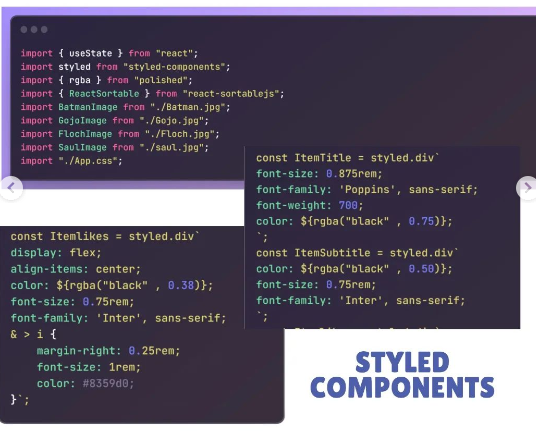Technology Desk, Delhi Magazine: Programming languages are tools that developers use to write instructions for computers to perform specific tasks. They can be categorized into several types based on their characteristics and usage. Here are some common types of programming languages and their characteristics:
- Procedural Programming Languages:
A procedural programming language is a type of programming language that follows a linear, top-down approach to execute a program. In procedural programming, a program is divided into small, manageable procedures or functions. These procedures can be reused throughout the program, which promotes modularity and code reusability.
-
-
- Characteristics:
- Follow a linear, step-by-step approach to solving a problem.
- Emphasize procedures or functions that can be called to perform specific tasks.
- Examples: C, Pascal, Fortran.
- Characteristics:
-
- Object-Oriented Programming (OOP) Languages:
Object-oriented programming (OOP) is a programming paradigm that organizes code into objects, which are instances of classes. Each object can have attributes (data) and methods (functions) associated with it. OOP promotes the concept of “objects” as the central building blocks of a program and facilitates the creation of modular, reusable, and maintainable code.
-
-
- Characteristics:
- Organize code around objects, which are instances of classes representing real-world entities.
- Encapsulation, inheritance, and polymorphism are key principles.
- Promote code reusability and maintainability.
- Examples: Java, C++, Python.
- Characteristics:
-
- Functional Programming Languages:
A procedural programming language is a type of programming language that follows a linear, top-down approach to execute a program. In procedural programming, a program is divided into small, manageable procedures or functions. These procedures can be reused throughout the program, which promotes modularity and code reusability.
- Characteristics:
- Treat computation as the evaluation of mathematical functions.
- Avoid changing state and mutable data; focus on immutable data structures.
- Support higher-order functions and recursion.
- Examples: Haskell, Lisp, Scheme.
- Scripting Languages:
Scripting languages are programming languages that are designed for specific tasks, often related to automation, customization, or interaction with other software components. They are typically interpreted rather than compiled, meaning that the code is executed by an interpreter or runtime environment without the need for a separate compilation step.
-
-
- Characteristics:
- Designed for automating tasks and quickly writing code.
- Interpreted rather than compiled, which means they are executed directly without a separate compilation step.
- Examples: JavaScript, Python, Ruby.
- Characteristics:
-
- Markup Languages:
A markup language is a system for annotating or adding instructions to a document to provide information about how it should be displayed or processed. It consists of a set of markup tags or codes that are embedded within the text of a document to indicate elements such as headings, paragraphs, links, and other formatting options.
The most well-known markup language is HTML (Hypertext Markup Language), which is used to create web pages. HTML tags define elements like headings, paragraphs, lists, links, images, and more.
- Characteristics:
- Used to annotate and structure text for presentation or processing.
- Define the structure and presentation of documents.
- Examples: HTML (Hypertext Markup Language), XML (eXtensible Markup Language).
- Query Languages:
A query language is a specialized programming language designed for retrieving, manipulating, and managing data within a database or information system. It allows users to communicate with databases in a way that enables them to retrieve specific information or perform operations on the data.
- Characteristics:
- Specialized for querying databases and retrieving specific information.
- Structured Query Language (SQL) is the most common example.
- Domain-Specific Languages (DSLs):
Domain-specific languages (DSLs) are programming languages designed for specific tasks or domains. Unlike general-purpose languages (like Python, Java, or C++), DSLs are tailored to address particular types of problems within a specific domain, which can lead to more concise, expressive, and intuitive code for those specific tasks.
-
- Characteristics:
- Tailored for a specific application domain or industry.
- Designed to be more expressive and intuitive for a particular type of task.
- Examples: SQL for databases, MATLAB for mathematical computations.
- Characteristics:
It’s worth noting that each programming language has its own strengths and is suited for particular types of tasks. The choice of language depends on factors such as the project requirements, developer preference, and available libraries and tools.

